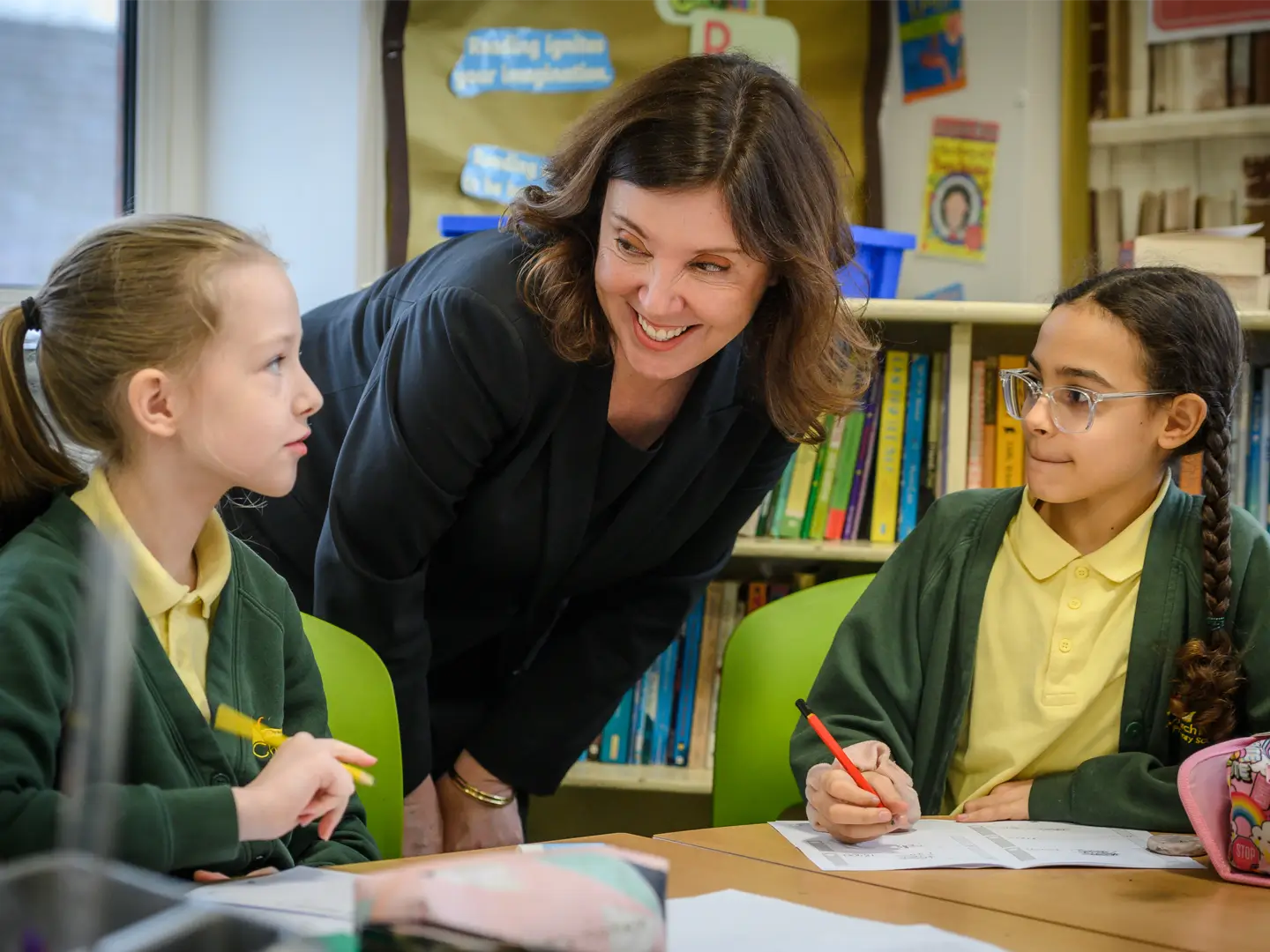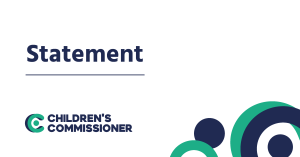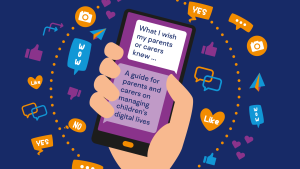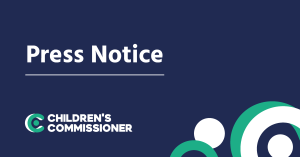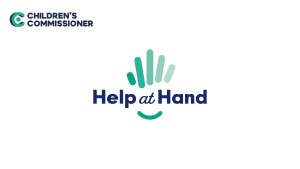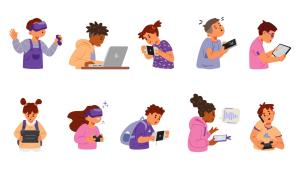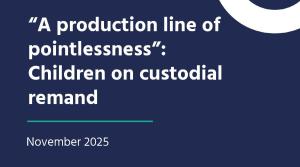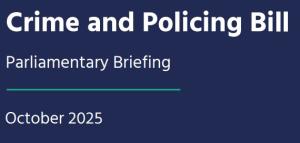This report is among the most sobering my office has ever published. It paints a stark picture of what childhood looks like in 2025 with an online world that is, in many ways, completely unfit for children.
As Children’s Commissioner, I have heard from a million children, parents and carers. Without fail, they all tell me the online world and social media are some of the most significant issues facing this generation.
Shockingly, as this report highlights, pornography is no longer something that children might seek out in adolescence. Today it has become something many children stumble upon accidentally while they are still in primary school. It is something that is shown to them without even looking for it on the same social media sites that were designed to help them connect with other people and be entertained. And it’s not just any pornography. It is violent, extreme, and degrading often portraying acts that are illegal – or soon will be.
Two years ago, I published “A lot of it is actually just abuse” , a landmark report on the scale of children’s exposure to pornography online. At the time, the findings shocked me and many others. We found that the average age a child first saw porn was 13 years old. This has not improved; children are encountering violent and harmful material often before they are even old enough to understand what they are seeing.
This report should be read as a snapshot of what rock bottom looks like. I hope we will be able to look back at the findings, which were gathered in the final weeks before Ofcom’s children’s codes came into force, and shudder at how things used to be.
As Children’s Commissioner, I have consistently said that no child should be exposed to pornography online. That is not an ideal – it is the bare minimum we should expect from an online world which is now where children spend so much of their lives.
We do not tolerate pornographic magazines on school buses or graphic sexual material on children’s television. Why children’s exposure to it online has ever been tolerated is beyond understanding.
This report shows that the protections for children under the Online Safety Act which came in to force on July 25th could not have come soon enough. My Office has been working closely with Ofcom to support them to make the protections for children as strong as possible.
Now, we will see if they work. And there must be serious consequences for companies who fail to meet the high expectation I have of them.
This report must act as a line in the sand. The findings set out the extent to which the technology industry will need to change for their platforms to ever keep children safe. Take, for example, the vast number of children seeing pornography by accident. This tells us how much of the problem is about the design of platforms, algorithms and recommendation systems that put harmful content in front of children who never sought it out. In my conversations with children, I have heard how some features of online platforms contribute to their exposure to pornography, including ones like disappearing images.
My Office will be watching the implementation of these new protections closely. Online, time matters. With children being able to share intimate images of themselves with each other, and when nearly half of young people agree that “girls may say no at first but then can be persuaded to have sex,” we are not just failing to protect children online, we are also allowing attitudes that drive violence against women and girls to flourish. Stepping in early to prevent this is key.
I want this report to be the last of its kind. A final record of the worst days of the internet before real regulation, before real accountability, before the moment we decided that children’s safety online is not optional. A society is judged by how it protects its children. Let us be judged well.
